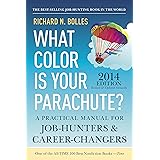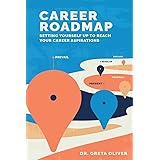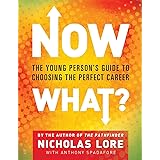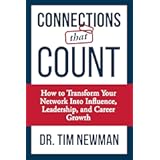The key to successful networking events lies in mastering effective conversation. As demonstrated in the accompanying video, the “PAGE” acronym offers a powerful framework. This simple tool transforms awkward interactions into meaningful professional connections. Mastering these techniques elevates your presence at any industry gathering. It ensures your time is productively spent.
Mastering Networking Conversations with PAGE
Navigating professional networking events can feel daunting. Many professionals struggle with initiating dialogue. The PAGE framework provides a structured approach. It builds confidence and rapport efficiently. Each element targets a specific conversational phase.
Place: Leveraging Your Environment
Begin your conversation by discussing the immediate environment. The “Place” aspect grounds the interaction. It offers a low-stakes entry point. Comment on the venue, city, or event setting. This shared context is universally relatable.
Imagine you are at a large conference in a new city. “This convention center is impressive, isn’t it? Have you explored much of [City Name]?” This opens an immediate, natural dialogue. It bypasses the dreaded direct personal inquiry. It fosters an immediate connection.
Activity: Engaging with Shared Experiences
Shift to current activities or shared experiences. The “Activity” phase deepens the rapport. Discuss what you are both doing at the event. This could involve keynote speakers, workshops, or even the food. It taps into common ground.
Imagine attending a technology summit. “That last keynote on AI ethics was quite thought-provoking. What were your key takeaways?” Or, “I’m looking forward to the panel discussion on market trends later. Any sessions you’re particularly excited about?” These questions encourage detailed responses. They move beyond simple yes/no answers. This allows for more significant engagement.
Goal: Uncovering Strategic Intentions
Transitioning to “Goal” moves the conversation into strategic territory. This is where real professional value emerges. Inquire about their objectives for attending the event. Focus on their professional aspirations. This reveals alignment opportunities.
Imagine speaking with a peer at a trade show. “Beyond soaking in the atmosphere, do you have specific objectives for this event? Are you looking for new vendor partnerships, talent acquisition, or market intelligence?” This expert-level query demonstrates serious intent. It helps identify potential business connections. It steers the discussion toward mutual benefit. Uncovering these strategic goals is paramount for effective networking.
Exit: Executing a Graceful Departure
The “Exit” component ensures a professional, memorable conclusion. Avoid abrupt or awkward goodbyes. Reiterate a positive sentiment about the interaction. Express hope for future engagement. This preserves professional etiquette.
Imagine wrapping up a fruitful discussion. “It was truly a pleasure discussing [shared topic] with you, [Name]. I’ve found our conversation about [specific goal] insightful. I need to connect with a colleague now, but I hope our paths cross again soon. Perhaps we can connect on LinkedIn?” This offers a clear, polite disengagement. It also provides a clear call to action for follow-up. Mastering the exit strategy is crucial for sustained professional relationships.
Beyond PAGE: Elevating Your Networking Prowess
The PAGE framework is a strong foundation. However, true professional networking involves more. Consider these advanced principles for optimal engagement. These strategies elevate your networking prowess. They ensure you make lasting professional connections.
Authenticity and Active Listening
Authenticity is your greatest asset. Approach every interaction genuinely. People quickly discern sincerity. Active listening signals respect. Pay full attention to the speaker. Ask clarifying questions. This shows true engagement. It builds deeper rapport.
Pre-Event Research and Preparation
Strategic networking begins before the event. Research key attendees and speakers. Understand their industry contributions. Identify potential common ground or synergies. This preparation arms you with informed talking points. It allows for targeted, efficient engagement. You can then approach specific individuals with purpose.
The Art of the Follow-Up
Networking doesn’t end when the event concludes. A timely, personalized follow-up is critical. Send an email or LinkedIn message. Reference a specific point from your conversation. Offer value or suggest next steps. This reinforces the connection. It moves towards tangible collaboration. Neglecting follow-up wastes valuable effort.
Embracing the Ecosystem of Connections
Think of networking as building an ecosystem. Your professional connections are interconnected. Nurture these relationships continuously. Offer help when appropriate. Introduce contacts to others who might benefit. This creates a powerful, reciprocal network. It solidifies your reputation as a valuable connector. Effective professional networking is an ongoing process.









